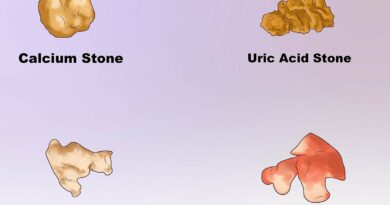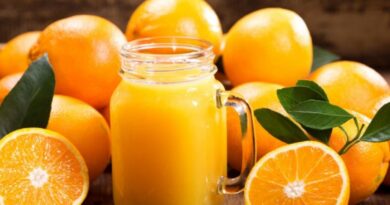The Ultimate Guide to a Low Sodium Diet: Tips, Tricks, and Recipes
A diet for low sodium means eating foods that are naturally low in sodium or have had the sodium removed. This includes fresh fruits and vegetables, unsalted nuts and seeds, lean protein sources, whole grains, and low-sodium dairy products. You should also limit processed foods, fast foods, and restaurant meals, as these are often high in sodium.
When cooking at home, use herbs and spices to flavor food instead of salt.
If you are on a low sodium diet, you may be wondering what foods you can eat. This list of recipes is full of delicious and healthy options that are low in sodium. From breakfast to dinner, and even some snacks in between, you’ll be sure to find something to fit your needs.
A 2-Week Low Sodium Diet: Can I Live On 1 Teaspoon Of Salt Per Day? | Talking Point | Full Episode
What Can You Eat on a Low Sodium Diet?
A low sodium diet can help to lower blood pressure and prevent fluid retention. Most people should aim to consume no more than 2,300 milligrams of sodium per day. However, people with high blood pressure or other conditions may need to limit their intake to 1,500 milligrams per day.
There are many delicious foods that are low in sodium, including fruits, vegetables, whole grains, lean protein sources, and dairy products. With a little creativity, it is easy to make meals that are both nutritious and flavorful without using salt.
What Foods Raise Sodium Levels?
There are certain foods which, when consumed in excess, can lead to raised sodium levels in the body. Table salt is the most common source of sodium, and processed foods often contain high amounts of salt as well. Other sources of sodium include soy sauce, MSG, cured meats, pickled foods, and savory snacks.
Consuming too much sodium can lead to water retention and other health problems.
How Do You Raise Your Sodium Level?
There are a few things you can do to raise your sodium level. You can eat more salty foods, drink more fluids that contain salt, or take a salt supplement. If you have low blood pressure, your doctor may also recommend that you eat more foods that are high in sodium.
Are Eggs Good Low-Sodium?
Yes, eggs are a good low-sodium food. One large egg has about 55 milligrams of sodium, which is less than 2% of the Daily Value for sodium (2,300 milligrams). Eggs are also a good source of protein and other nutrients.

Credit: health.clevelandclinic.org
Shopping List for Low Sodium Diet
If you are trying to stick to a low sodium diet, it is important to be mindful of the foods that you are eating. Here is a list of some common low sodium foods that you can add to your shopping list:
-Fruits and vegetables: Most fruits and vegetables are naturally low in sodium.
However, some processed varieties may have added salt, so be sure to check the labels.
-Meat and poultry: Fresh or frozen meat and poultry typically don’t have much sodium added to them. Just be careful with processed lunch meats, sausages, and hot dogs, which can be high in salt.
-Seafood: Fish and shellfish are also good options for a low sodium diet. Again, beware of canned or smoked varieties as they may contain added salt.
-Dairy: Milk, yogurt, cheese, and other dairy products are all generally low in sodium.
Low-Sodium Fruits
If you are looking for a low-sodium fruit, watermelon is a great option. With only 4 milligrams of sodium per cup, watermelon is a refreshing and hydrating fruit that is perfect for summer. Other low-sodium fruits include cantaloupe, strawberries, and grapes.
So next time you are in the mood for something sweet, reach for one of these delicious and healthy options!
Low Sodium Diet Plan Pdf
A low sodium diet plan can be a great way to improve your health and lower your blood pressure. There are many different ways to approach a low sodium diet, but one of the most effective is to follow a specific plan that outlines what foods to eat and how much sodium to consume each day. While it may take some time to get used to eating less salt, the benefits of a low sodium diet are definitely worth it.
Conclusion
This blog post provides some tips for those who are looking to follow a low sodium diet. Some of the suggestions include avoiding processed foods, choosing fresh fruits and vegetables, and cooking at home. By following these tips, you can help to reduce your sodium intake and improve your overall health.




